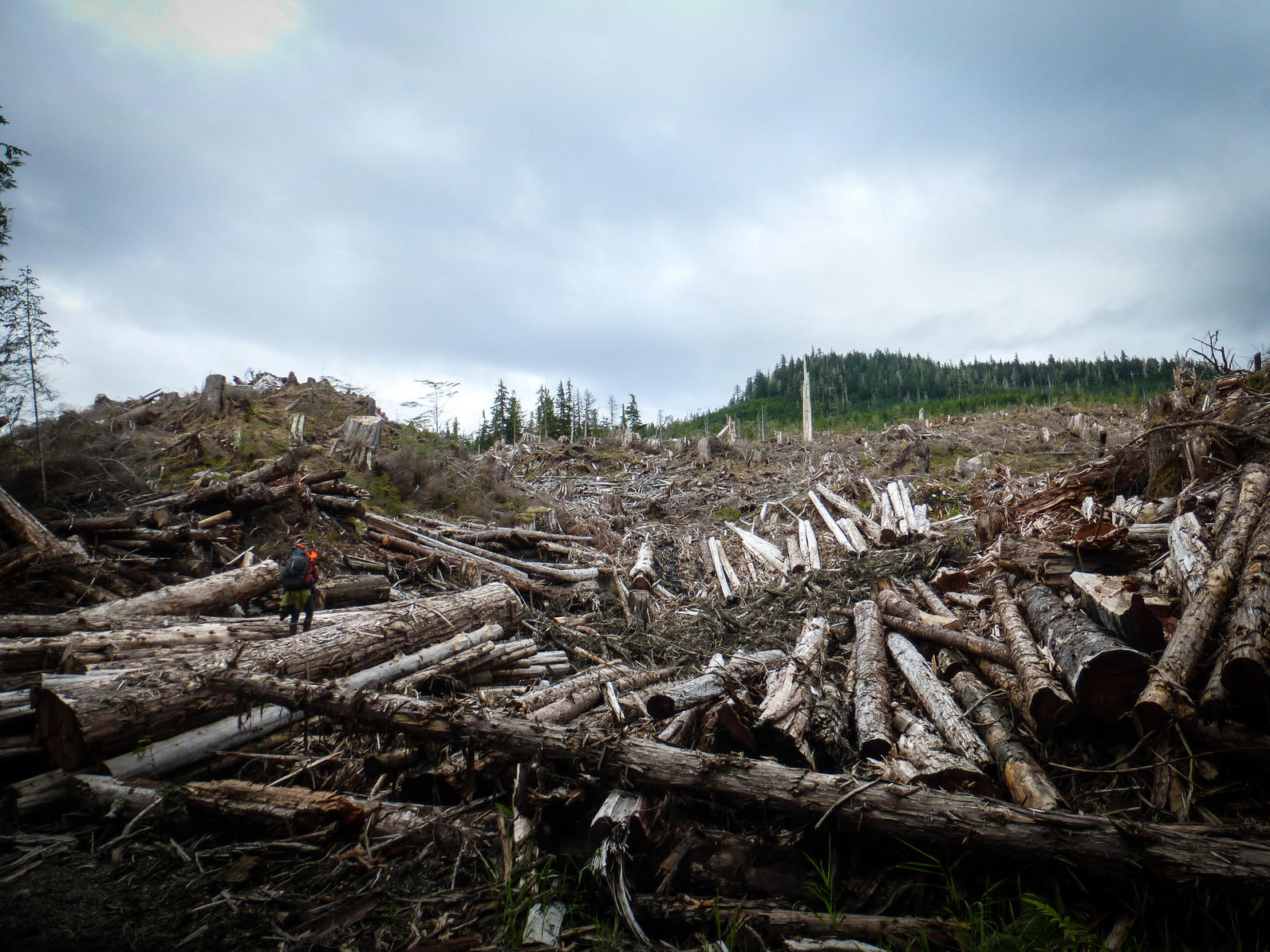
Taan, Prince of Wales Island, Tongass National Forest. A quick glance at a map of southeast Alaska, and eyes fall on this island, the largest in the region, the fourth largest island in the United States. It’s so large, it creates its own ecosystem and geographic province within the larger Alexander Archipelago. The Tlingit name, Taan, means “sea lion.” It is the oldest known island of human habitation in southeast Alaska, where large cedar trees still show the marks of ancient tools. Today, it is the most populated island in southeast Alaska. It is home to one of the last old-growth logging operations in the country, a booming tourism industry, commercial fishing communities, aquaculture farms, a local coffee roasting company and university education programs. Diversity in all its forms (ecological, human, economic) continues to define the trajectory of this island.
The Galapagos of the North. Prince of Wales Island is home to more diversity (e.g. endemic plants and animals) than any other known place in southeast Alaska. It is the heart of the northern extent of red cedar, and one of the only islands in southeast Alaska where both red cedar and the endemic yellow cedar overlap, creating an interwoven network of forest structure that is specific to the island. The Prince of Wales Island flying squirrel forages for truffles within the remaining old-growth forests of the island. The endemic Prince of Wales Island Spruce Grouse relies on local habitats because of its limited capacity to fly, like many island birds from across the globe. The Queen Charlotte Goshawk and Alexander Archipelago wolf, both endemic to the region, find nesting and denning sites within the old-growth forest stands, seeking out particular places to raise young, forage for food, and provide necessities for life on an island. The endemic island populations of the short-tailed weasel illustrates the ongoing evolution of species on islands; its lineage is so old that it shadows the same processes that created the diversity of species in the Galapagos Islands. Prince of Wales Island is also the northern extent of the Indigenous Haida (Xaadas) Peoples, connecting cultural geographies between Canada’s Haida Gwaii archipelago and southern Southeast Alaska.
These are the reminders that Taan, Prince of Wales Island, is more than just one place in southeast Alaska. It is one of its first places. It was ice-free when most of the region was covered by glaciers during the Pleistocene. The fossils of animals now found in the Arctic, such as ring seals, are indicators of this earlier time when the island was surrounded by ice. Wildlife followed the retreat of glaciers down through river corridors to establish the earliest populations of brown bears, deer, wolves, many birds and even cedars in the region. People landed on its shores and built villages. All species converged, then diverged, creating the rich tapestry that scatters across the islands of southeast Alaska. The island remains a living laboratory for discovery science. Scientists recently uncovered the first instances of wolves eating sea otters on the island, and it was one of the first places where they discovered wolves actively fishing for salmon amid the island’s rich fisheries. Researchers mapped the cave systems created by karst limestone, a regionally distinct geological phenomenon that not only provides the richest fossil record in southeast Alaska, but through porous chambers and channels, feeds an underground network of water and nutrients that grew the largest spruce and cedar trees in Alaska.
Taan, Prince of Wales Island, is also the hub of the only remaining large-scale, old-growth clearcutting operation in the United States on public land. About 80% percent of the island is within the boundaries of the Tongass National Forest. The timber industry on the island and in southeast Alaska has been replaced by new economies-fishing, aquaculture, small business development, tourism operations, hunting and fishing outfitters and guide. The forests continue to fall because of political pressure at the expense of U.S. taxpayers, causing decline of wildlife and undermining the island’s sustainable future. The future diversity of this island, and the entirety of the lands and waters within the Tongass National Forest, depend on the actions we take today. Please sign up for our news and action alerts to lend your voice to issues on the Tongass.



